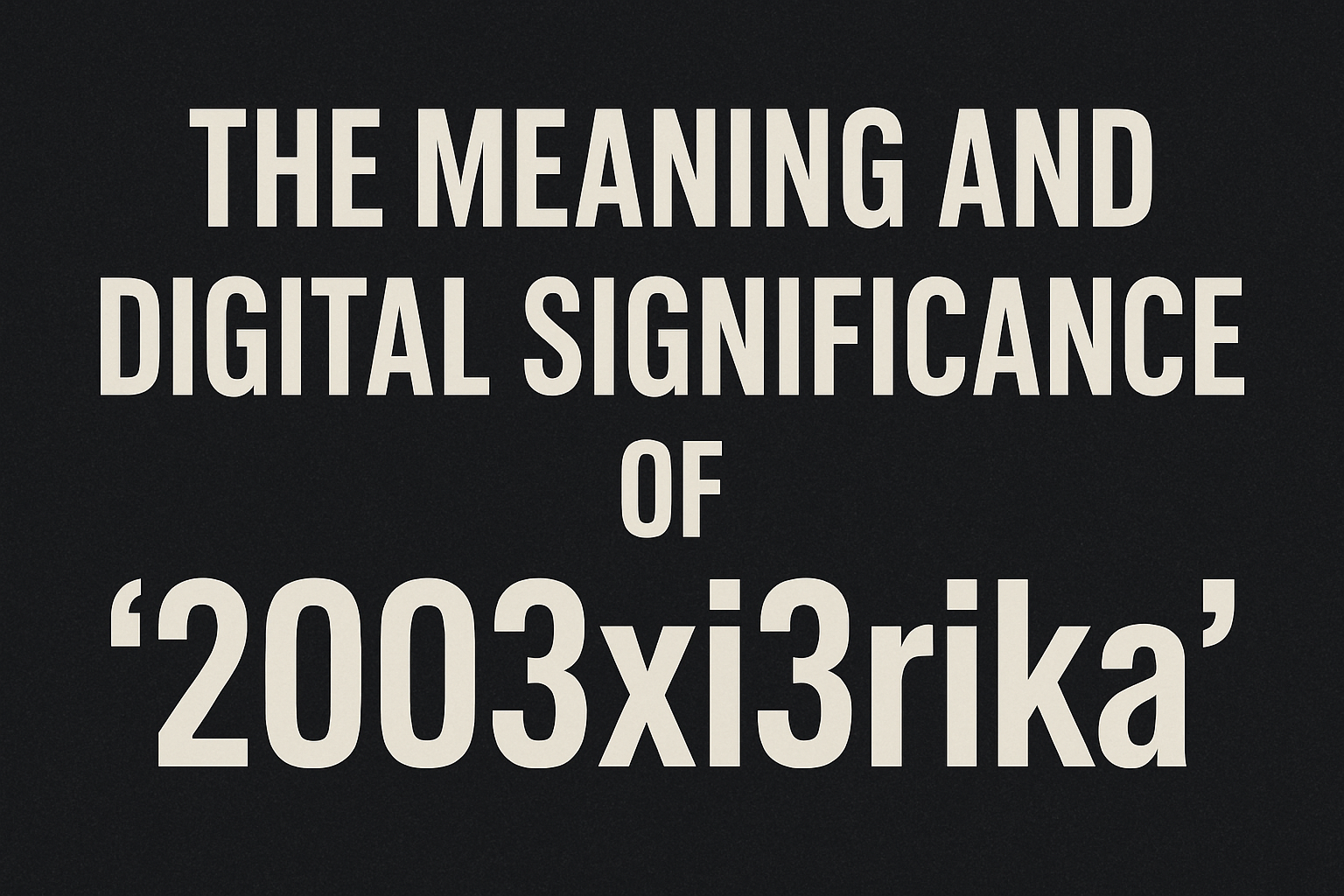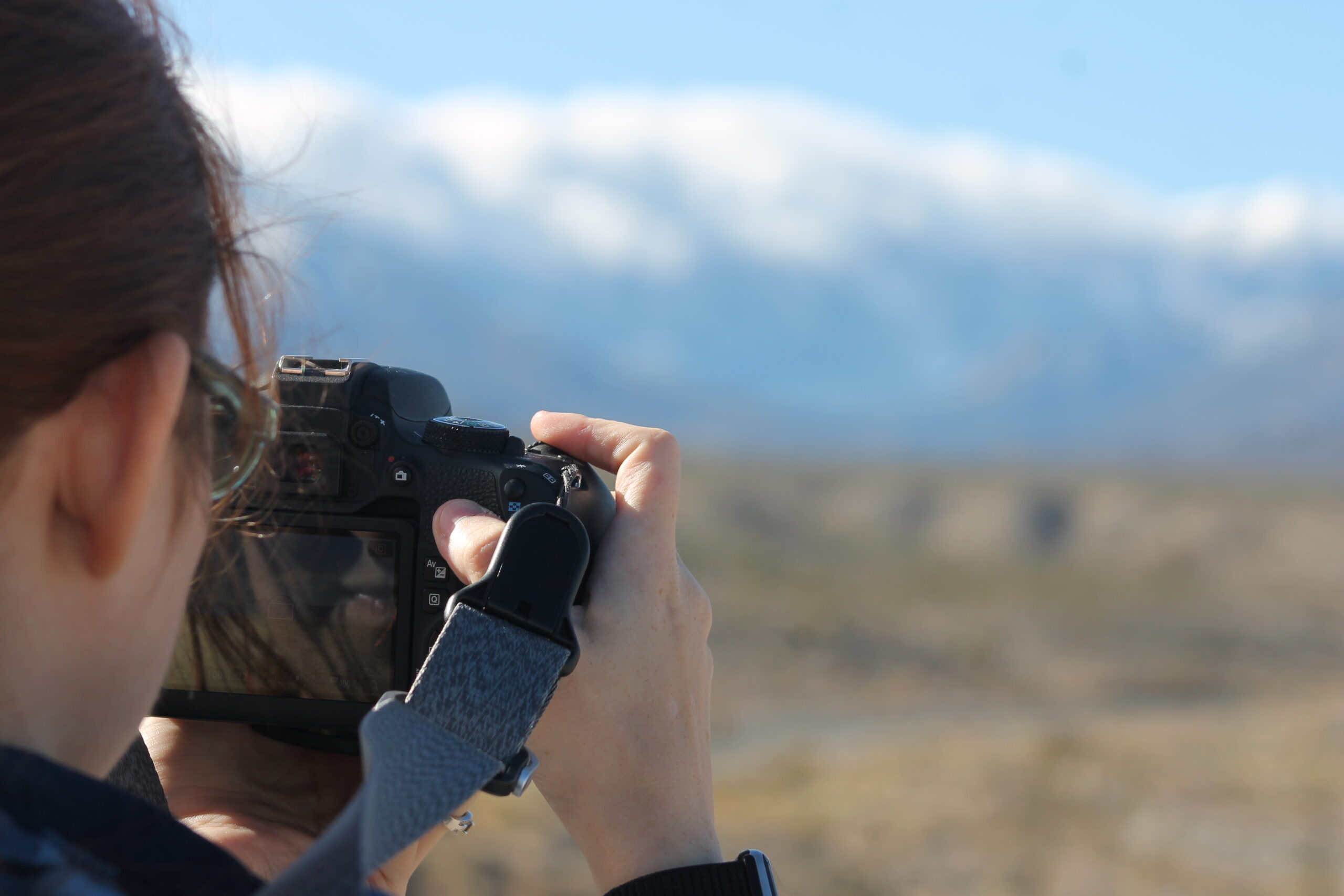In today’s technology-driven world, the way we capture, process, and share images is changing faster than ever before. Photography, once considered a craft that required years of skill and expensive equipment, has now become accessible to virtually everyone with a smartphone in their pocket. This massive shift is largely fueled by innovations in artificial intelligence and computational imaging, a new wave of advancements often described under the umbrella term photoacompq. The concept of photoacompq is more than just another digital trend; it represents the merging of photography and intelligent computation into a single ecosystem that enhances, automates, and even redefines the visual storytelling process. Where traditional photography relied on the eye of the artist and the capability of the lens, photoacompq brings the power of algorithms, data, and machine learning into play, creating an entirely new way to approach image creation.
Understanding the Meaning of Photoacompq
At its core, photoacompq is a term that refers to the blending of photography with computational techniques. Rather than treating photography as a simple act of pressing the shutter, photoacompq expands the process into a digitally intelligent interaction. When someone captures a photograph using a device powered by photoacompq, the system does not just record what the lens sees; it interprets, analyzes, and modifies the image in real time. This could mean adjusting lighting automatically, enhancing colors to create more vibrant tones, or stitching together multiple exposures to deliver a perfectly balanced final image. Unlike basic editing tools of the past, photoacompq introduces a deeper layer of intelligence—one that can identify faces, expressions, objects, and backgrounds with remarkable precision. This ability transforms photography from a passive capture process into an active collaboration between human creativity and artificial intelligence.
How Photography Evolved into Photoacompq
To appreciate the significance of photoacompq, it is important to trace how photography has evolved over time. The earliest photographs, developed in the 19th century, were grainy black-and-white prints created through lengthy exposure times. As technology advanced, film photography introduced color and improved quality, followed by the rise of digital cameras that completely revolutionized how images were taken and stored. In recent decades, smartphones have become the dominant tool for photography, and these devices rely heavily on software-driven enhancements. This software-driven aspect is what gradually led to the rise of computational photography, the foundation upon which photoacompq is built. Today, when users take a portrait in “portrait mode” or shoot a night scene using “night mode,” they are already engaging with basic versions of photoacompq. What makes this concept stand out is its ability to use advanced algorithms to go far beyond these presets, intelligently combining multiple elements, predicting what the user wants, and delivering results that would have been impossible with older equipment.
Features That Make Photoacompq Unique
The defining strength of photoacompq lies in its intelligent features, which extend well beyond simple editing tools. One of the most notable aspects is AI-assisted enhancement, where algorithms automatically detect flaws in lighting, shadows, or focus and correct them without requiring manual adjustment. Similarly, photoacompq systems excel at smart background management, making it easy to isolate subjects from their environment, blur the backdrop, or even replace it with a new one. In addition, features such as noise reduction are crucial in low-light conditions, ensuring clarity and sharpness even when natural light is limited. Another fascinating application is emotion detection, where the system identifies facial expressions and ensures that photographs capture the most genuine moment, whether it is a smile, laughter, or surprise. Perhaps the most impactful feature of all is automation, where photoacompq eliminates the need for extensive manual editing by handling tasks like color correction, cropping, and retouching in seconds, giving users polished results with minimal effort.
Real-World Applications of Photoacompq
Photoacompq is not restricted to professional photographers or designers; its applications touch nearly every part of modern life. In consumer electronics, smartphones are the most obvious example of photoacompq at work. Portrait modes, enhanced zoom, and automatic HDR are everyday features powered by computational imaging. On social media platforms, photoacompq tools make it possible for users to apply instant filters, retouch selfies, or create eye-catching videos that capture attention in crowded digital feeds. Businesses and e-commerce platforms also benefit tremendously, since product images processed through photoacompq appear more professional and appealing, increasing the likelihood of sales. Beyond commercial use, the technology has valuable applications in healthcare, where enhanced imaging can improve the accuracy of diagnostic scans, and in scientific research, where sharper images provide better insights. In the creative arts, photographers, illustrators, and designers are experimenting with photoacompq to create hybrid works that merge reality with digital imagination, demonstrating its potential as a true artistic tool.
Benefits of Embracing Photoacompq
The advantages of photoacompq are wide-ranging, making it a revolutionary tool for both professionals and everyday users. Perhaps the most significant benefit is accessibility. With photoacompq, anyone can capture studio-quality images without needing expensive gear or advanced technical knowledge. This democratization of photography means that visual storytelling is no longer reserved for professionals—it is available to all. Time efficiency is another major benefit, as tasks that once took hours of detailed editing can now be accomplished in seconds, freeing users to focus on creativity rather than technical adjustments. Photoacompq also enhances creativity itself, enabling people to experiment with effects, styles, and ideas that would be nearly impossible with traditional tools. On a practical level, businesses benefit from cost-effectiveness, since they no longer need dedicated photographers or equipment for every project. Lastly, the consistency that photoacompq provides—especially important in branding and marketing—ensures that visuals maintain a polished and professional look across all platforms.
Challenges and Concerns Surrounding Photoacompq
Despite its many benefits, photoacompq also brings with it a number of challenges that cannot be ignored. One of the most frequently raised issues is the risk of over-reliance on automation. While algorithms can enhance and refine images, there is always a danger that photos begin to look generic, lacking the personal touch and creativity of human photographers. Ethical concerns are another significant challenge, particularly in areas like journalism where authenticity is essential. If images can be altered so seamlessly, questions of truth and manipulation inevitably arise. Privacy is also a concern, as systems capable of recognizing faces and emotions could be misused for surveillance or unauthorized data collection. Additionally, some critics worry that the rise of photoacompq may dilute traditional photography skills. If machines handle most of the work, the artistry and craftsmanship once required for great photography could diminish, raising debates about what it means to be a “photographer” in the modern age.
Looking Ahead: The Future of Photoacompq
The trajectory of photoacompq points toward an even more transformative future. As artificial intelligence and machine learning continue to evolve, we can expect smarter, faster, and more precise applications of this technology. In the near future, photoacompq could be capable of predicting user preferences, automatically suggesting compositions, or even generating images entirely from text descriptions. Integration with emerging fields like augmented reality and virtual reality will further expand its possibilities. Imagine being able to capture an image and instantly visualize how it might appear in a fully immersive 3D environment, or using AR-driven systems to test out designs and products before they exist in physical form. These innovations suggest that photoacompq is not just about improving photography—it is about reshaping how we interact with and interpret the visual world altogether.
Conclusion
Photoacompq is more than a passing trend; it is a defining milestone in the evolution of photography and visual communication. By combining the artistry of photography with the intelligence of computational systems, it empowers individuals and organizations to create stunning, impactful visuals with unprecedented ease. While it is important to remain mindful of the ethical, creative, and privacy-related concerns, the benefits it offers far outweigh its challenges. As society becomes increasingly visual and digital, embracing photoacompq will become essential not only for photographers and artists but also for businesses, educators, and everyday users who wish to share their stories in the most compelling way possible. The future of photoacompq is filled with promise, and it will undoubtedly play a central role in shaping how we see and share the world.








